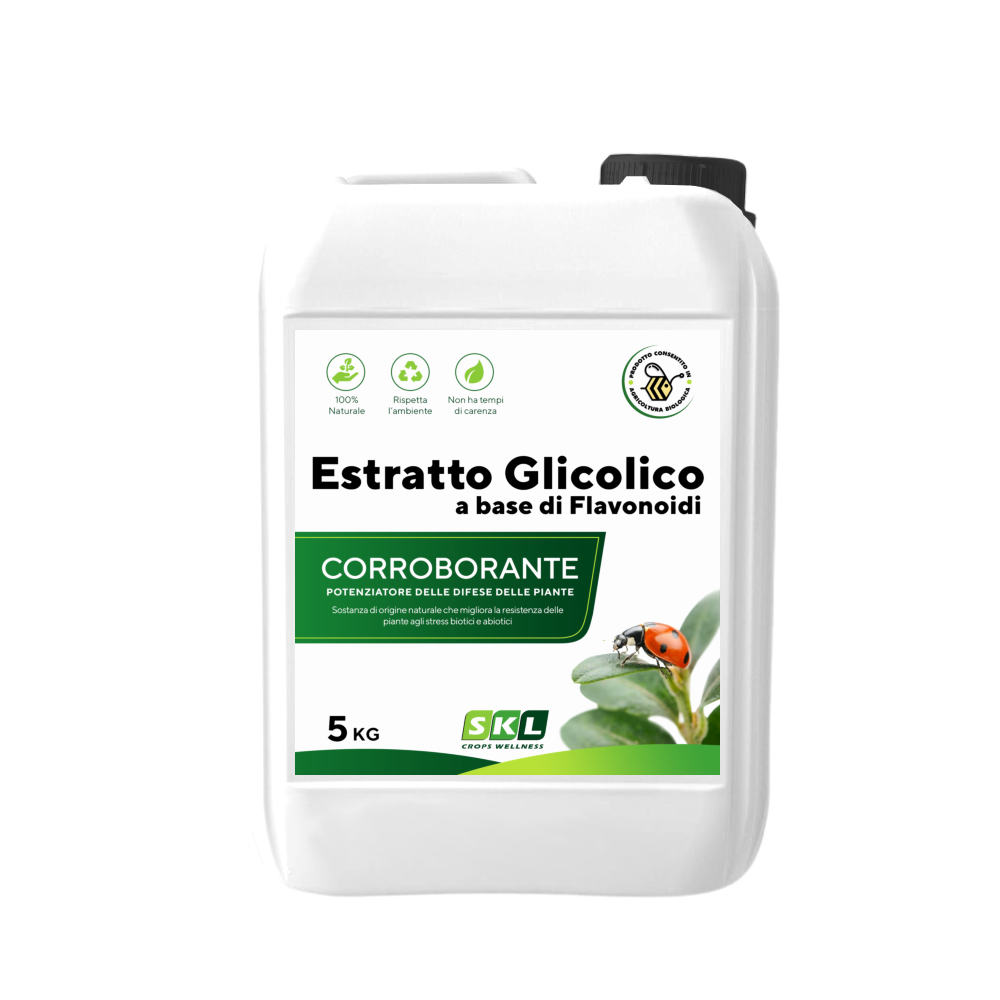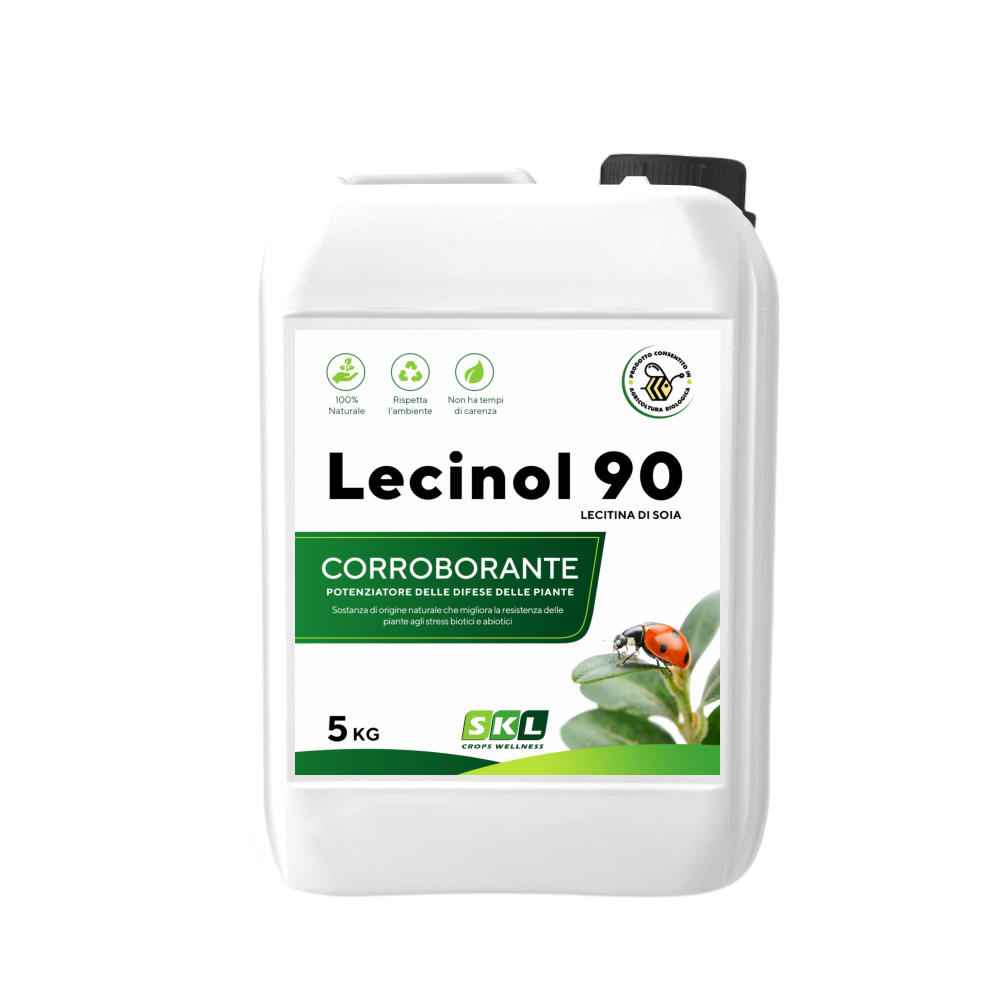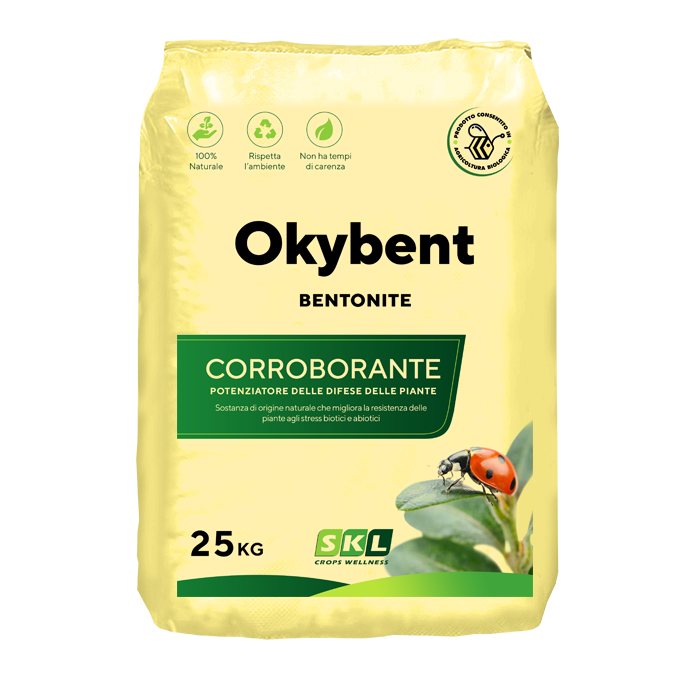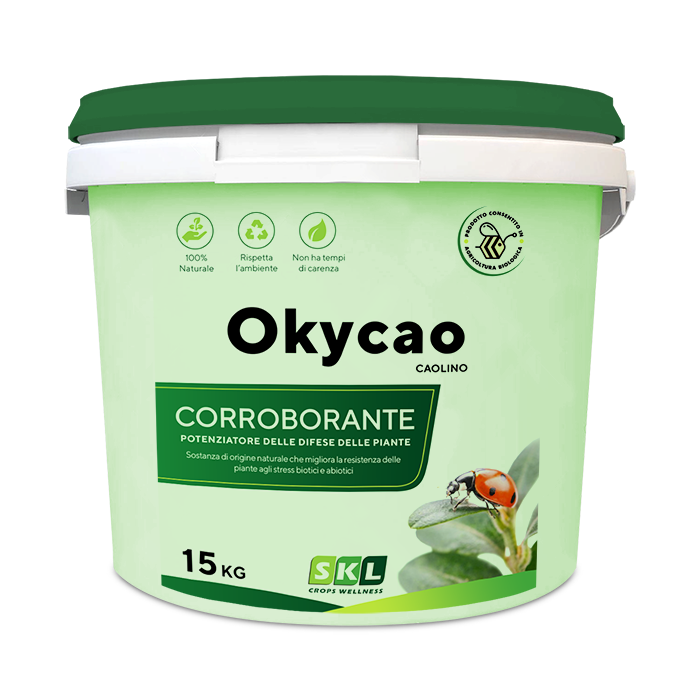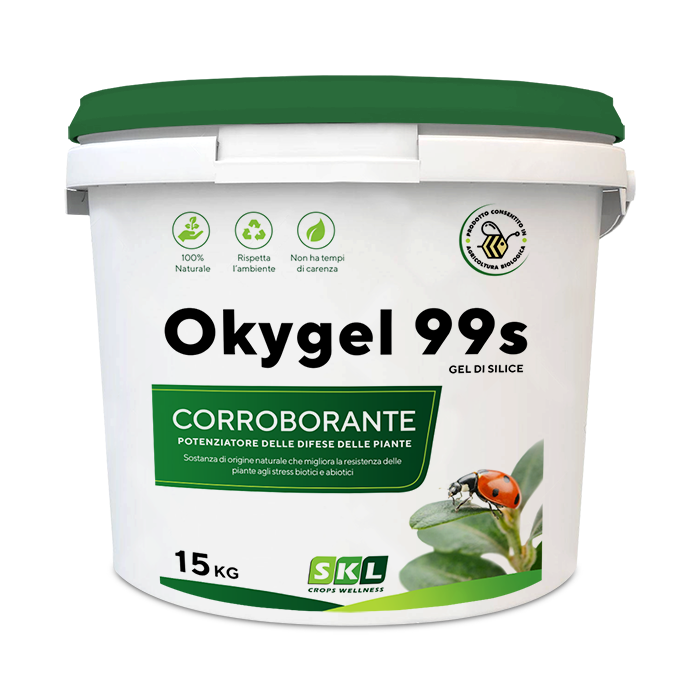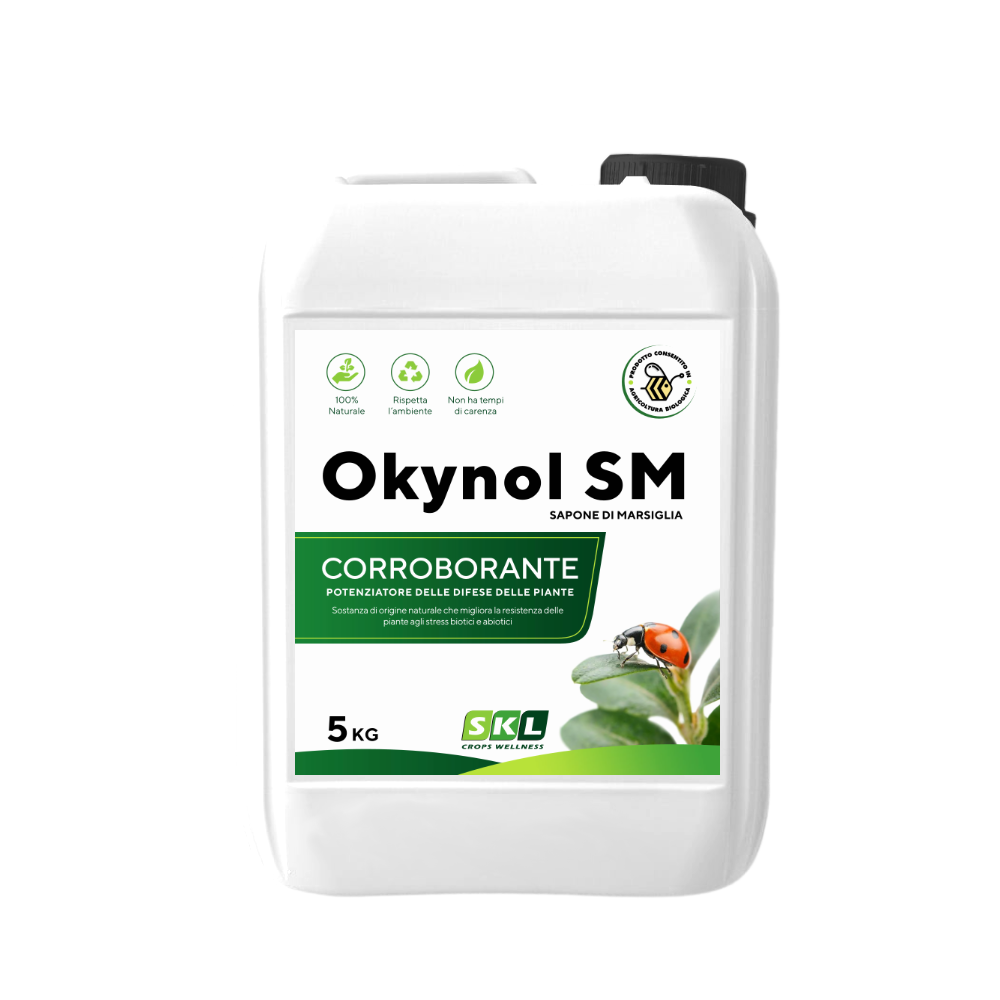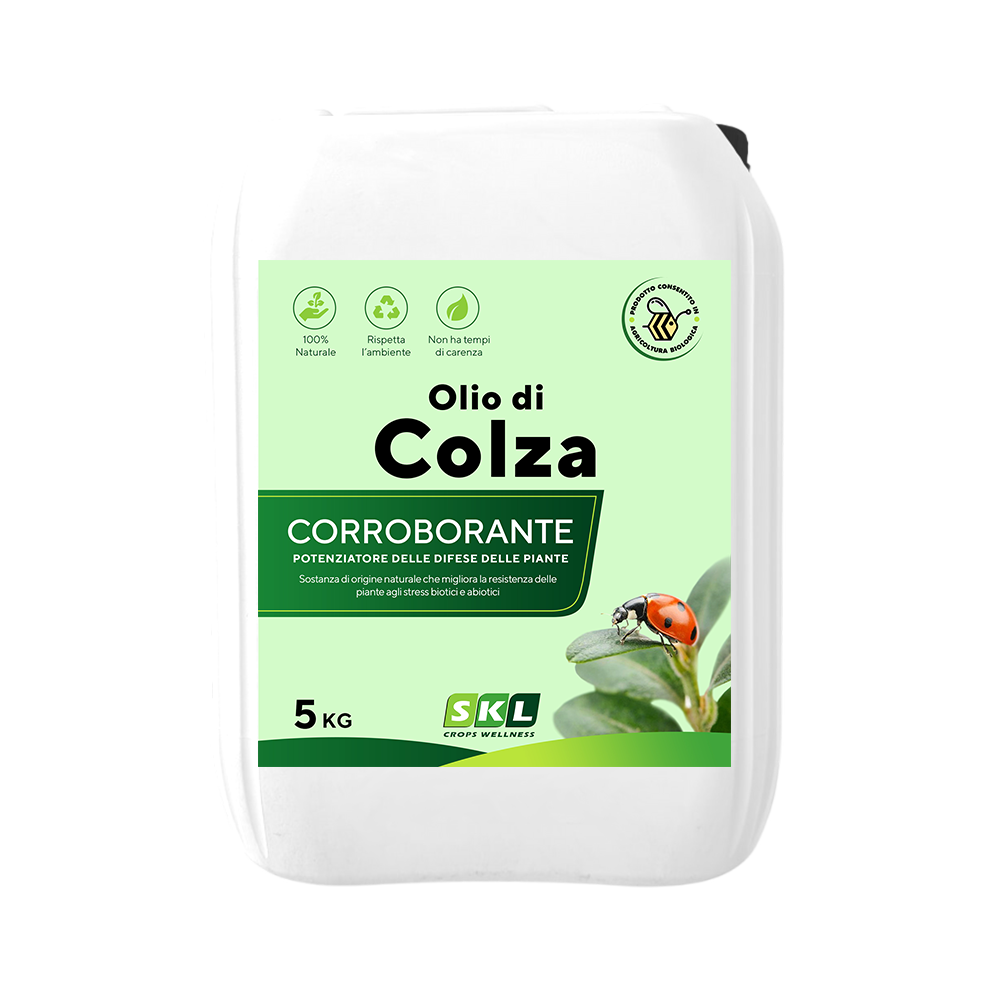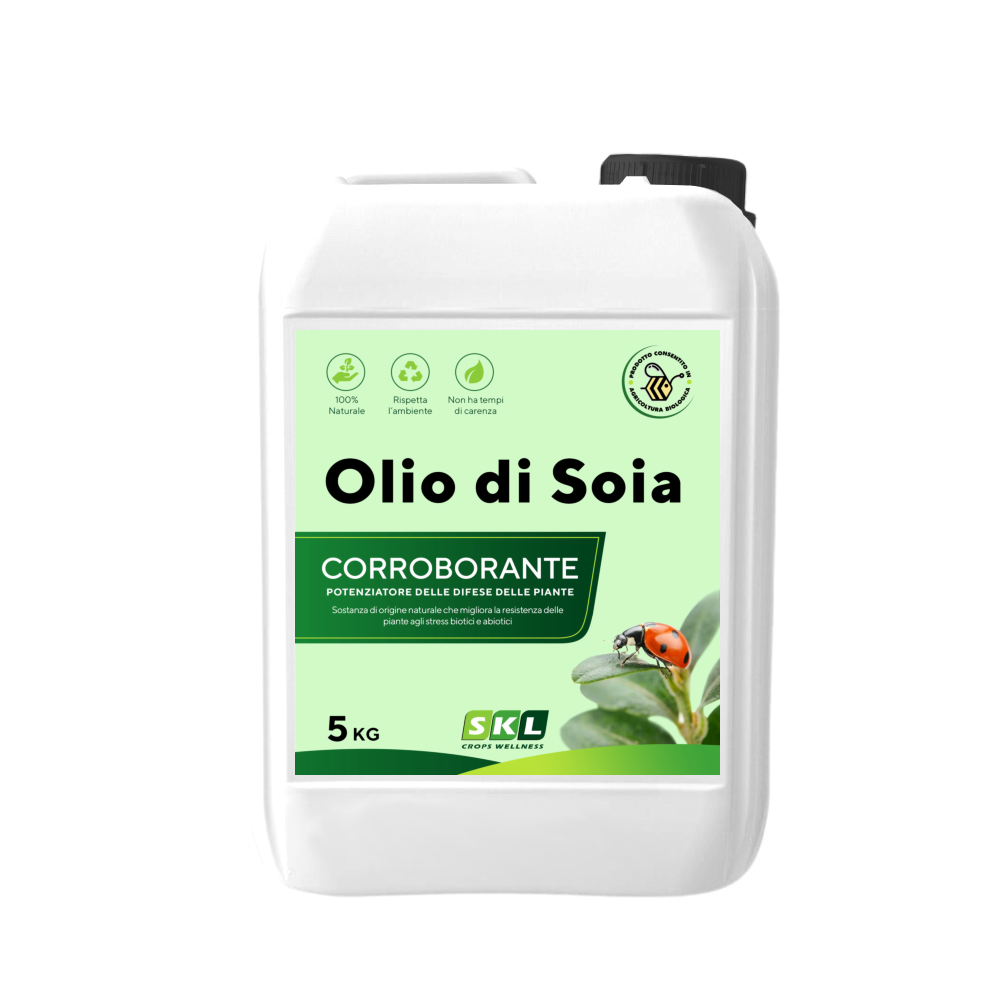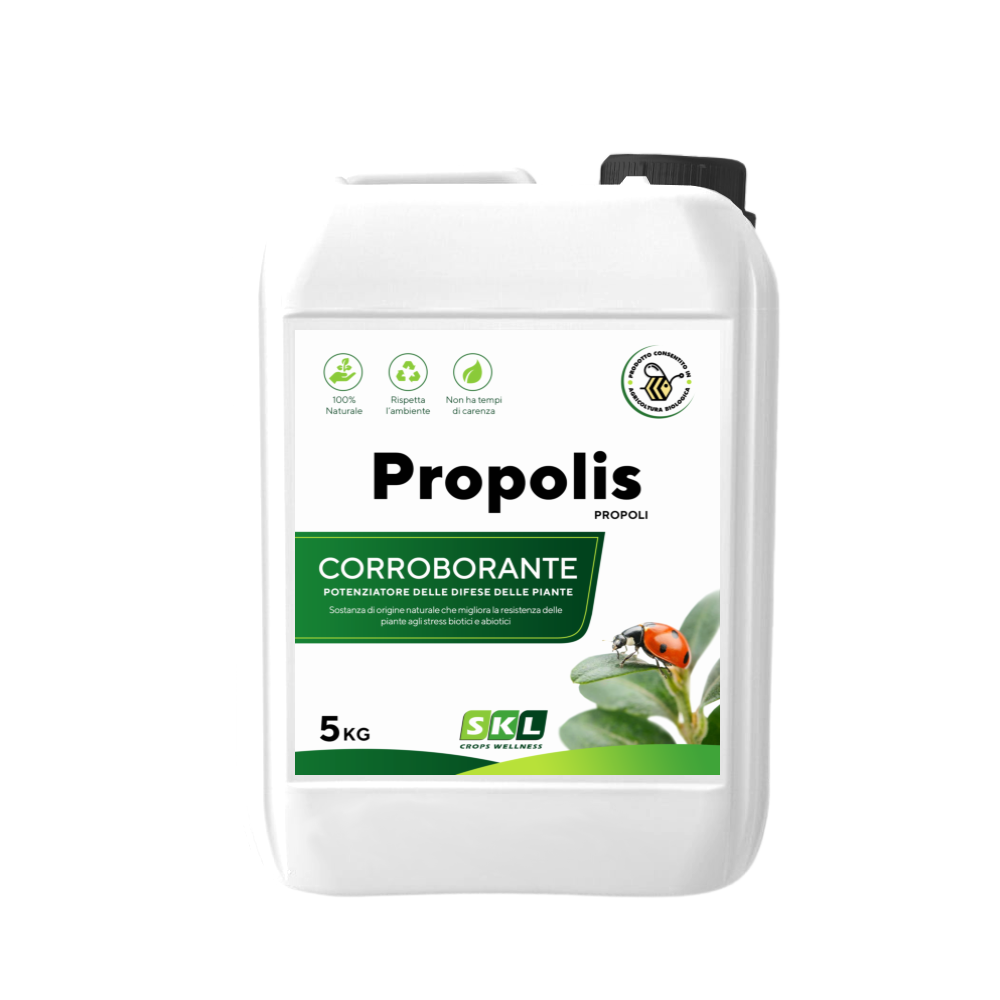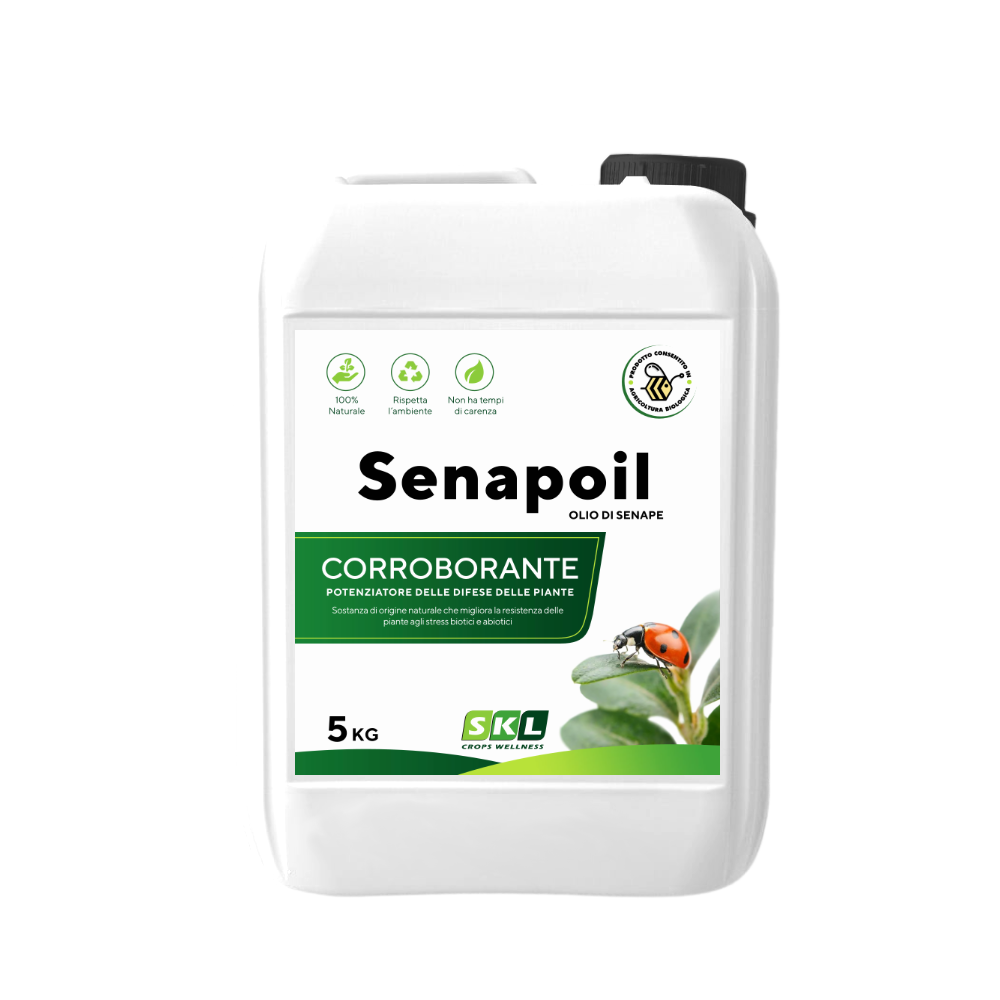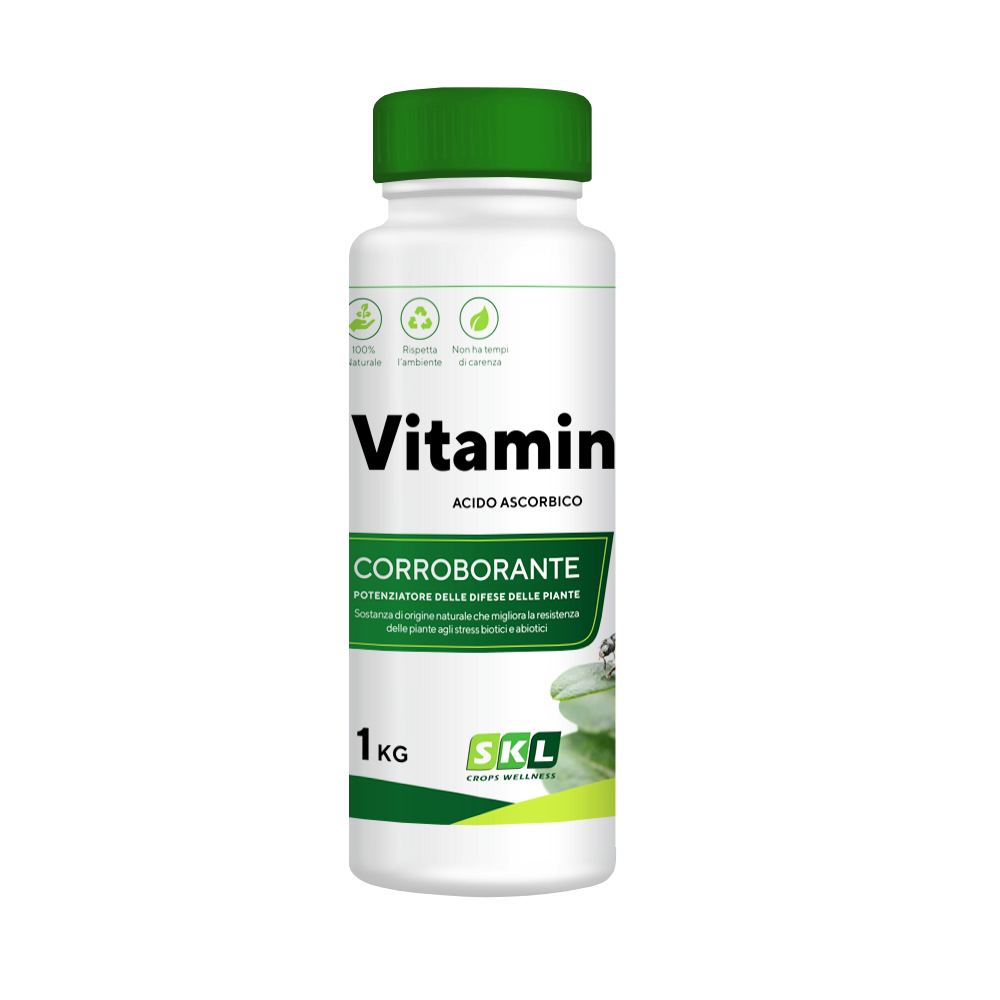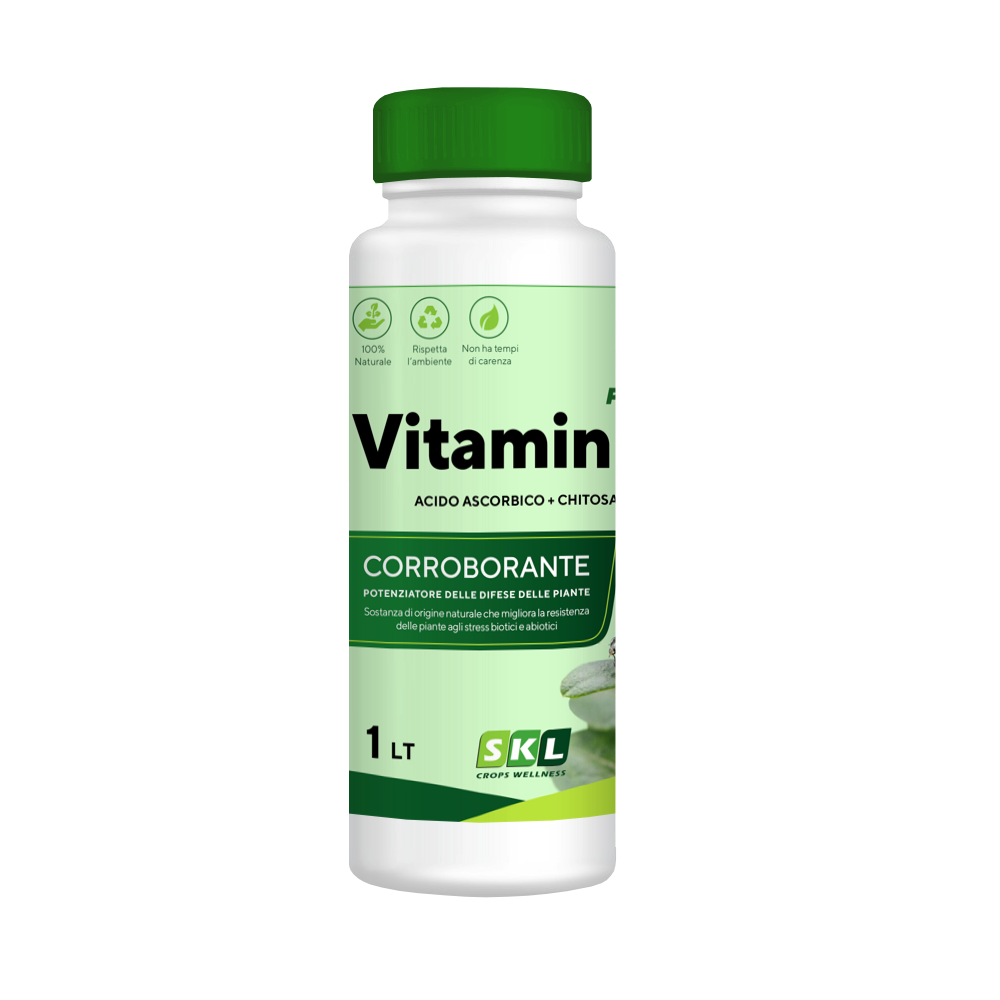Description
Okyzeol is a natural product composed of Activated Zeolite; in agriculture and floriculture, it works essentially like a sponge, covering the leaf surface with a thin and uniform layer of powder.
What is Zeolite?
Zeolite is a mineral of volcanic origin that formed millions of years ago from the encounter between hot lava and seawater. In its crystalline structure, Zeolite consists of large free spaces, in which positively charged atoms and molecules can be accommodated and subsequently released.

This gives it remarkable chemical and physical properties, such as reduced density, hydro-retentive power, and high cation exchange capacity.
What is Zeolite used for in Agriculture?
Okyzeol in agriculture and floriculture, covers the leaf surfaces with a thin and uniform layer of powder that allows:
- To reversibly absorb large amounts of water: the special crystalline structure of Zeolite, composed of channels and cavities, retains water molecules and is able to release them in the presence of heat. In this way, it regulates the plant's humidity.
- To inhibit spores and hyphae present on the surface of plants and fruits: fungi like Botrytis cinerea represent a danger to the vine during all vegetative stages but develop only under specific climatic conditions. The hydro-retentive capacity of Zeolite creates a leaf environment hostile to fungal proliferation. It is recommended to treat the vineyards preventively, i.e., during the early vegetative stages (post-flowering and pre-cluster closure), in order to also reach the surfaces that will be more difficult to reach in the future.
- To absorb toxic substances present on the plant and fruits: lead, cadmium, cesium, strontium, pesticides, nitrosamines, and mycotoxins.
- To correct the chemical and physical characteristics of the soil: the use of Zeolite in open-field and greenhouse soils facilitates the neutralization of acidity. In sandy soils, it increases the cation exchange capacity and water availability, and reduces thermal excursion. In clayey soils, it increases aeration and permeability.
Dosage
Zeolite can be used:
- in its natural state, in combination with traditional natural fertilizers (manure, livestock manure) and synthetic fertilizers (soluble salts of nitrogen, potassium, phosphorus);
- after enrichment with nutrients (potassium, ammonium) through treatment with synthetic solutions or with products from purification processes of ammonia-rich effluents (livestock manure, urban effluents, etc.)
| Powder treatments |
| use 6 - 8 kg/ha of product for each treatment, preferably combined with flowable Sulfur or Bentonite |
| Water treatments |
| use 3 - 5 kg/ha of dispersed product alone in water, or in addition to fertilizers or agrochemicals normally used. Repeat 2-3 times |
| Soil treatments |
| use 200 - 500 g/m2 directly on the ground or in cultivation substrates. |


